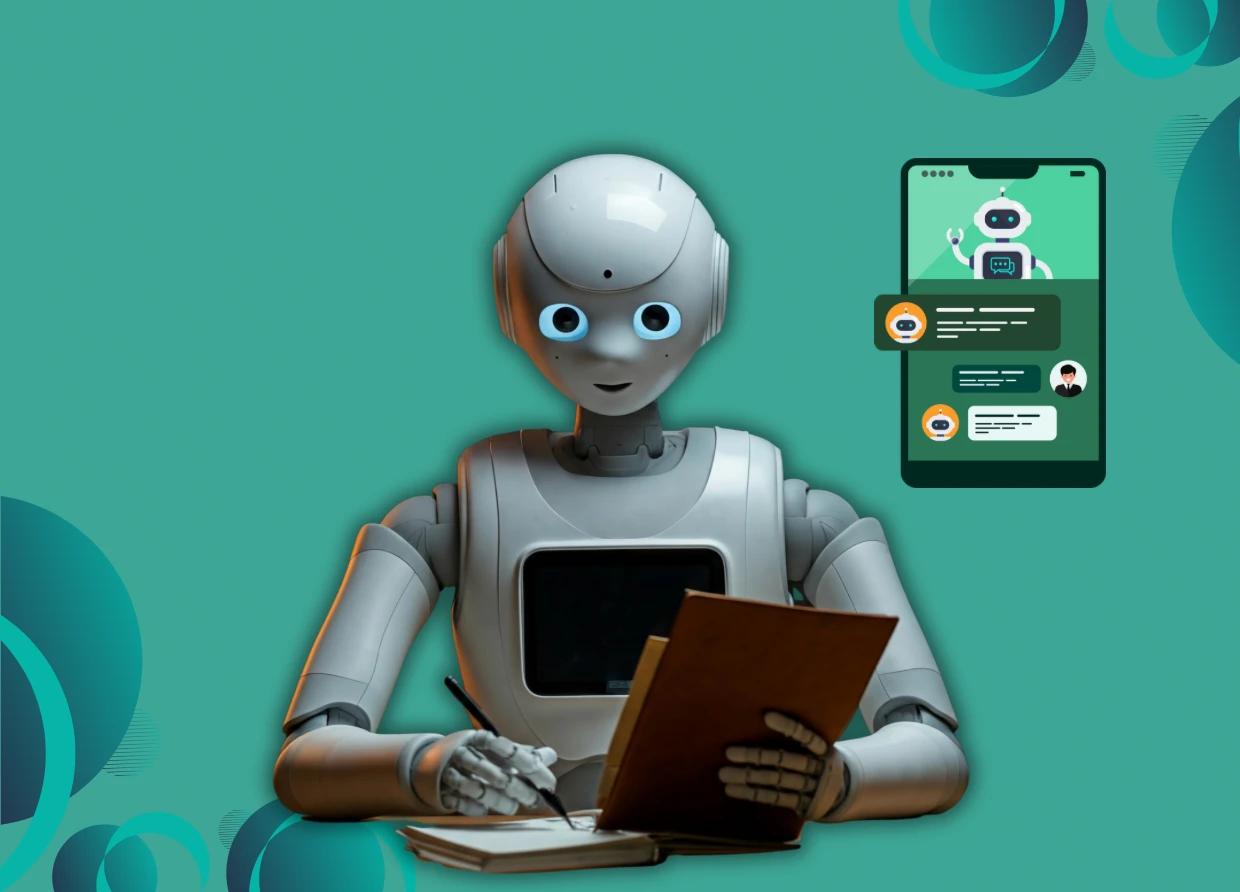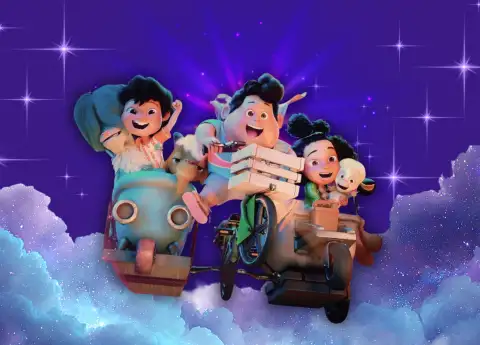THE SECRET WORKFORCE BEHIND AI: UNDERPAID HUMANS KEEPING YOUR CHATBOTS “SAFE”
Think your AI answers come straight from the cloud? Nope. Thousands of hidden workers say they’re drowning in deadlines, trauma, and low pay just to keep chatbots from spitting out chaos.

When you ask Google Gemini a random question—anything from “best pizza toppings” to “explain astrophysics like I’m five”—you probably imagine some futuristic system spitting out magic answers in seconds. But behind that instant reply sits a hidden layer of human labor, one that few people ever hear about.
Meet the AI raters—contracted workers hired by firms like GlobalLogic to review, edit, and even censor AI outputs before they reach your screen. On paper, they’re called “writing analysts” or “raters.” In reality, many describe their job as a mix of content moderator, fact-checker, and psychological sponge for some of the internet’s worst material.
Take Rachael Sawyer, a technical writer from Texas. She signed up for what she thought would be a standard content gig. Instead, she found herself forced to sift through AI-generated violence, sexual content, and bizarrely offensive prompts. “I was shocked,” she admits. “Nothing in the job description warned me about this.”
And Sawyer isn’t alone. Dozens of raters say they’ve been pushed to meet crushing quotas—sometimes reviewing hundreds of AI responses in a day, each under intense time limits. Many report anxiety, burnout, and panic attacks. Others say they avoid using AI tools altogether now because they know what really goes into keeping them polished.
AI’s Dirty Secret: It’s Not “Magic,” It’s Labor
Here’s the part Silicon Valley doesn’t advertise: AI doesn’t just “learn” on its own. Every sleek model—Gemini, ChatGPT, Claude—relies on human reviewers making judgment calls about what’s safe, accurate, or offensive.
Workers are asked to rate everything from medical advice on chemotherapy (with zero medical training) to prompts about corruption, child soldiers, and hate speech. Guidelines change constantly, sometimes overnight, leaving raters guessing what the rules even are.
“AI isn’t magic; it’s a pyramid scheme of human labor,” says Adio Dinika, a researcher in Germany. “These raters are invisible, essential, and expendable.”
From Pizza Glue to Racial Slurs
Remember when Google’s AI told people to put glue on their pizza or eat rocks? Raters weren’t surprised. They see the weirdest—and darkest—stuff daily. One rater described being told that it’s now fine for AI to repeat hate speech as long as the user typed it first. Others flagged that violent or explicit content, once banned, has been quietly reclassified as “permissible.”
Why? Because, as Dinika puts it: “Speed eclipses ethics. The AI safety promise collapses the moment safety threatens profit.”
The Human Cost of “Innovation”
Despite their crucial role, raters are paid modest wages—around $16 to $21 an hour in the US—a far cry from the engineers and executives driving the AI boom. And job security? Practically nonexistent. Rolling layoffs have already shrunk teams, leaving raters feeling overworked and disposable.
Some say the experience has permanently altered their trust in AI. Many refuse to let their families use Gemini or AI Overviews, knowing how fragile—and sometimes dangerous—the system really is.
“AI isn’t magic,” Sawyer says. “It’s built on the backs of overworked, underpaid human beings.”
So next time you marvel at your chatbot’s witty reply, remember: behind that polished answer, there’s a hidden workforce fighting the clock, the guidelines, and their own mental health just to keep the illusion alive.



























